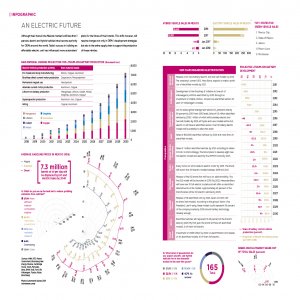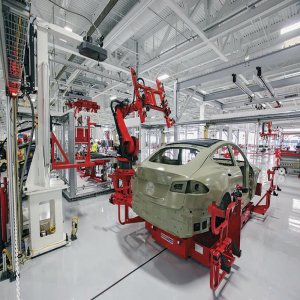The More Brands the Merrier

STORY INLINE POST
Q: What impact will the arrival of new brands have on the growth projections for the domestic market?
A: The arrival of new brands to the market has been a constant in the last 20 years. In the 1980s, there were only five brands in the Mexican market, all of them competing with high prices and without true consideration for quality standards as in other international markets. Today, we have 52 brands that operate under strict standards that favor the end consumer. To put this in perspective, vehicle prices in Mexico are below those in the US and Canada. In the luxury segment, for example, the difference might be up to MX$100,000 (US$5,000). Competition has favored the development of the market, fueled by a stronger aftersales service offering and improved financing schemes.
Today, seven of the 52 brands present in Mexico represent approximately 76 percent of the total light-vehicle sales. However, we still see an opportunity for new brands to enter the market, albeit targeting a specific niche. There has not been much variation in the ranking of best-sellers in past years but companies have seen their market share decrease as new companies arrive to the country, especially in this contracting market. There are still several Chinese and Indian brands that could explore the country and even though they will not conquer a massive market share, they will carve out a space among the rest of the competition.
Q: How have consumer preferences impacted the performance of different brands?
A: In an extremely competitive environment, clients can choose what best suits their needs. Contrary to other Latin American markets, Mexican consumers are much more sophisticated in their evaluation before purchasing a new vehicle. Considering that now there are many different options in the same price range, clients can look for the best design, safety, comfort, performance and maintenance proposal. The average vehicle price in the Mexican market is approximately MX$300,000 (US$15,000) and brands that participate in this segment have strived to improve their portfolio in favor of the Mexican consumer’s demands.
Q: How much opportunity do you see for Korean brands to grow their market share further?
A: Based on the forecasts these brands have made, we expect them to keep growing their participation. However, new competitors keep arriving and we see more Chinese and Indian companies interested in investing in Mexico. These players have scouted the country for many years and although they have not made the decision, they could arrive at any moment.
Q: What future do you see for Chinese brands in the Mexican market?
A: Under the current business model they have presented, we expect these brands to have low-volume sales. Disrupting the status quo like some companies have done demands aggressive investment strategies, as well as local manufacturing operations that can complement the company’s portfolio with a made-in-Mexico option that targets the country’s specific design and functionality requirements.
Q: Overall, what are your projections for the industry in the short and medium terms?
A: As of June 2018, we have seen 12 months of sustained drops in sales, mainly in the subcompact segment, but we expect the demand curve to stabilize. We hope the second half of 2018 will yield better results, considering the base of comparison set in 2017 is lower. Inflation is also receding and financing interest rates in the automotive market remain at relatively low levels. The ideal scenario would be to stop further drops in demand and reach an equilibrium point at 1.5 million units by the end of 2019 and approximately 1.48 million by 2018. Although this result is certainly below the country’s true potential demand of 2 million units, it is enough to sustain foreign investment and employment while the country moves to greater economic growth by 2021.
























